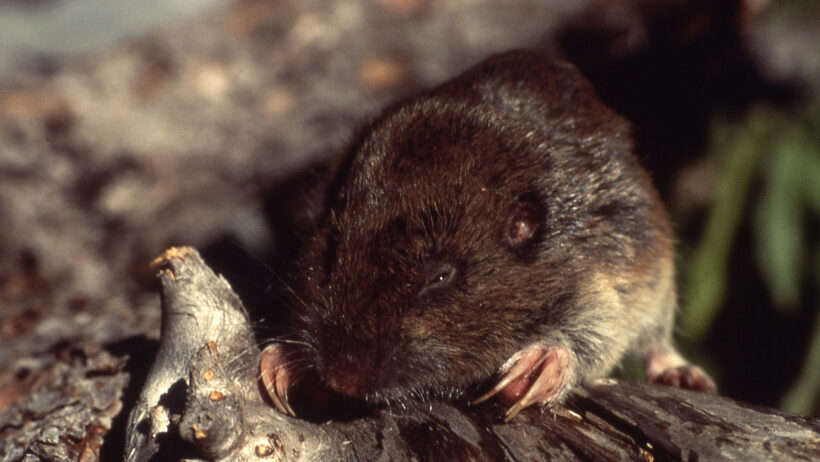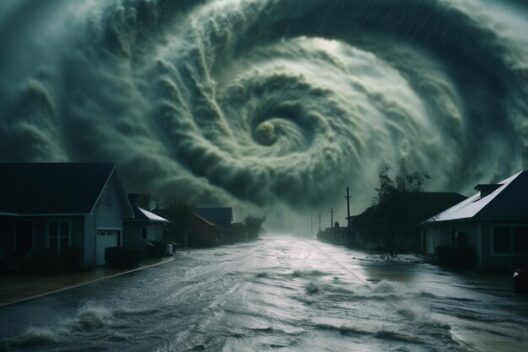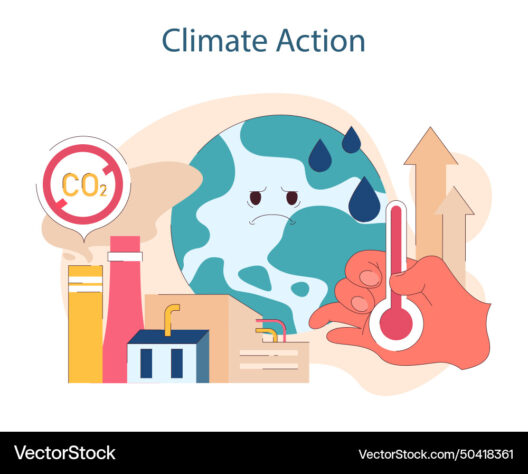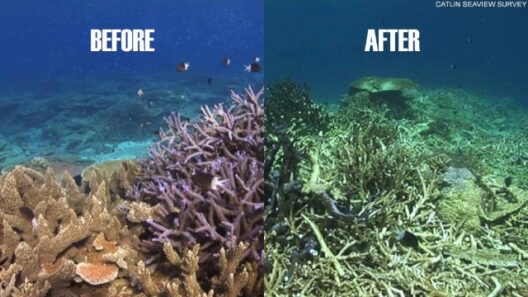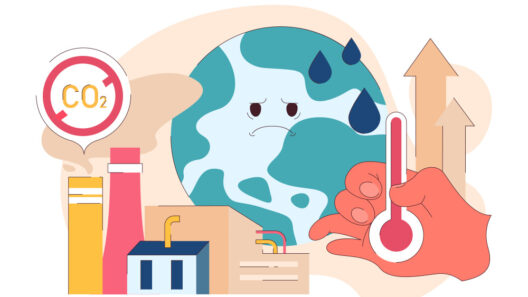The relentless march of global warming is not merely a scientific abstraction; it represents an ever-looming specter that threatens the very fabric of our ecosystems. As human activities continue to inundate the atmosphere with greenhouse gases, the consequences for biodiversity become increasingly dire. This article elucidates the swift tempo at which global warming is propelling various species—particularly those in vulnerable alpine regions—towards the precipice of extinction.
At the heart of the global warming crisis lies the phenomenon of climate change, characterized chiefly by elevated temperatures and erratic weather patterns. The Intergovernmental Panel on Climate Change (IPCC) has issued alarming reports indicating that global temperatures have risen approximately 1.2 degrees Celsius above pre-industrial levels, with projections suggesting a potential increase of 1.5 degrees Celsius by as early as 2030. This seemingly modest rise has profound implications for ecosystems worldwide, especially in delicate habitats such as alpine regions.
Alpine ecosystems, often characterized by their rich biodiversity, are particularly susceptible as they inhabit the upper reaches of mountains. Here, flora and fauna have adapted to harsh conditions, exhibiting unique traits that confer survival advantages. However, as temperatures climb, these species face an existential quandary: shift to a more hospitable altitude or face potential extinction. The phenomenon known as “ecological upward migration” is already underway; numerous alpine species, including plants, insects, and mammals, are migrating poleward and upward in search of suitable habitats. This relocation, however, is fraught with challenges.
Firstly, not all species can adapt to the rapid changes within their climate. The physiological tolerance of any given species is limited. As they ascend towards cooler climates, potential barriers arise: habitat fragmentation, altered vegetation zones, and increased competition from both native and invasive species can thwart their survival. Moreover, certain alpine species are restricted by geographic limitations, unable to migrate vertically due to their specific habitat prerequisites or human-imposed barriers such as urban development and agriculture.
The impact of these changes reverberates through entire ecosystems. For example, the loss of alpine plants affects the myriad of organisms that depend on them. Pollinators, such as bees and butterflies, may find themselves without reliable food sources, leading to declines in their populations. The repercussions spiral outwards, compromising not merely individual species but the intricate web of life that sustains entire ecosystems. A collapse in biodiversity exacerbates ecosystem instability, heralding a slew of challenges from decreased resilience against diseases to a diminished capacity for carbon sequestration.
Such drastic alterations prompt critical questions about food security. As alpine biomes undergo transformation, the perturbations in species dynamics can lead to disruptions in agricultural systems, particularly in regions where high-altitude farming is pivotal. Crops may fail as pollinators decline and climate-induced phenomena such as droughts become more prevalent. The fragile balance between human populations and their environment hangs precariously in the balance.
Moreover, global warming is not merely a problem of local consequence; it is a global emergency that demands a unified response. The plight of the alpine regions mirrors broader trends visible across the globe, including tropical rainforests, coral reefs, and arctic tundras—each facing unique challenges as temperatures rise. The breadth and depth of the biodiversity crisis necessitate comprehensive strategies to facilitate adaptation and mitigate negative consequences.
To effectively combat these challenges, various stakeholders must engage in concerted efforts. Governments need to prioritize climate policies that prioritize both mitigation and adaptation. The astringent implementation of carbon neutrality initiatives, preservation of habitats, and the restoration of existing ecosystems are vital. Furthermore, enhancing our understanding of the interconnectedness of species through research is essential for developing more nuanced conservation strategies.
Public awareness and activism also play transformative roles in galvanizing collective action. Grassroots movements advocating for environmental stewardship can accelerate positive change by influencing policy and encouraging sustainable practices at both individual and community levels. Educating the public about the consequences of inaction is essential to foster a culture of responsibility towards our environment.
In parallel, technological innovations in renewable energy and sustainable agricultural practices can help alleviate some pressures on vulnerable species. Transitioning from fossil fuels to cleaner energy sources dramatically reduces carbon emissions. If successful, this shift could stabilize climatic conditions, allowing ecosystems to adapt at a reasonable pace that minimizes extinction risk.
It is also prudent to recognize the significance of preserving genetic diversity. Genetic reservoirs contain invaluable traits that facilitate adaptability to changing environments. Conservation efforts that prioritize genetic diversity can enhance species’ resilience against climate change, thereby fortifying entire ecosystems against the threats posed by global warming.
The ticking clock of global warming serves as a stark reminder of our vulnerability as custodians of the Earth. The inevitability of change compels an urgent response to avert a biodiversity crisis of unprecedented proportions. The extinction of species—whether they be pollinators, alpine flora, or charismatic megafauna—is not a distant threat; it is an imminent reality that only proactive measures can deter. Our capacity to effectuate meaningful change rests not just in scientific inquiry, but in the collective commitment of individuals, communities, and nations to act decisively and resolutely.
In conclusion, while the trajectory of global warming poses daunting challenges, it also presents opportunities for innovation, cooperation, and redemption. The urgency for action is palpable; the consequences of inaction are harrowing. In a world of interconnected ecosystems, the survival of one is intrinsically linked to the survival of all. Indifference is not an option. Striving towards a sustainable future is imperative for all life on Earth.



